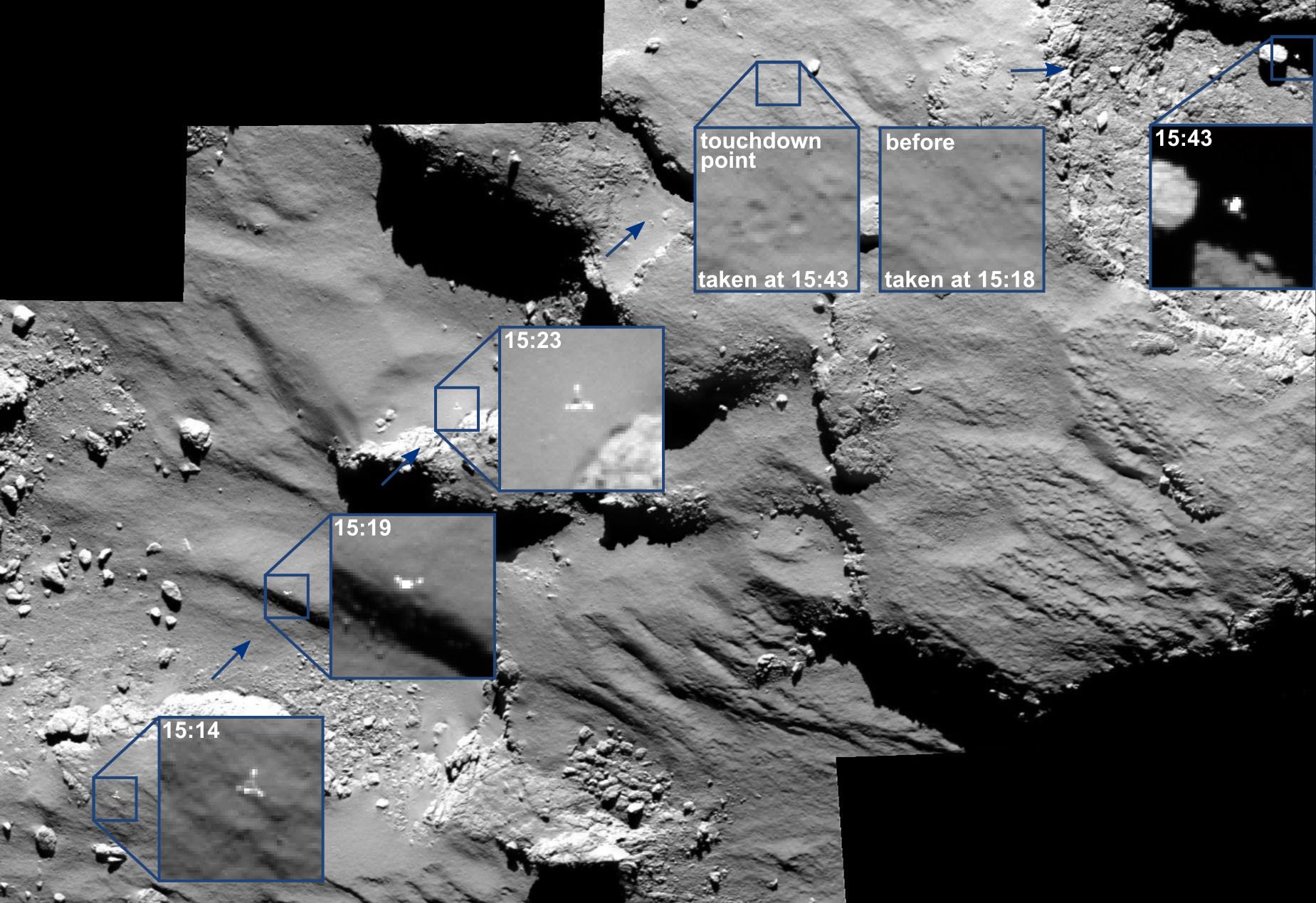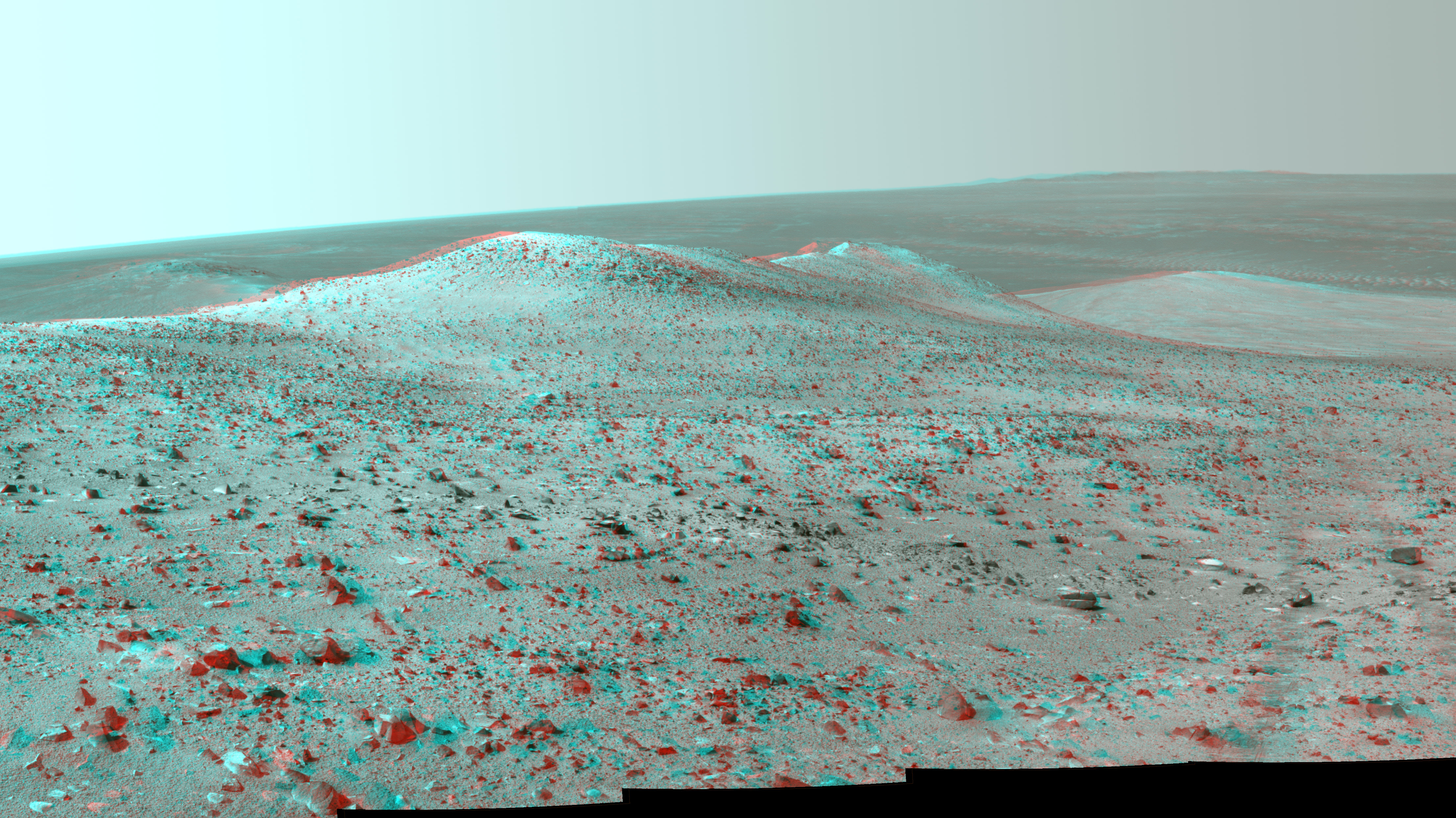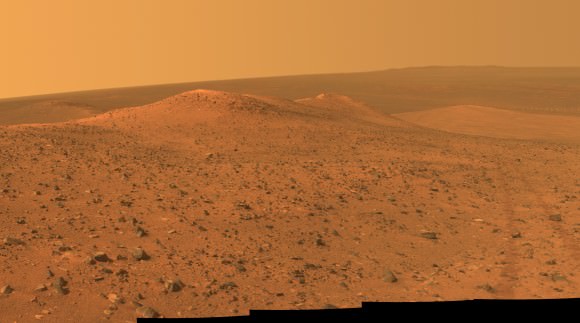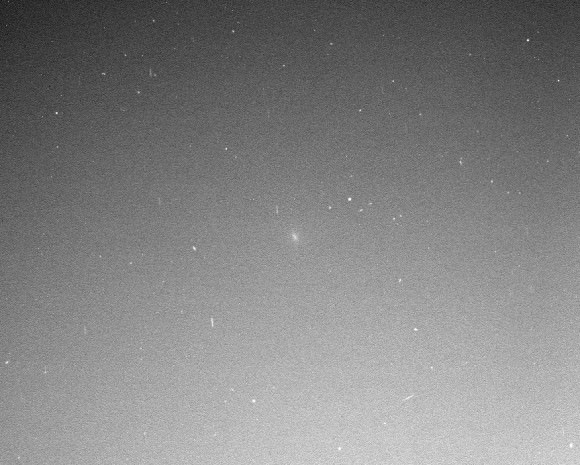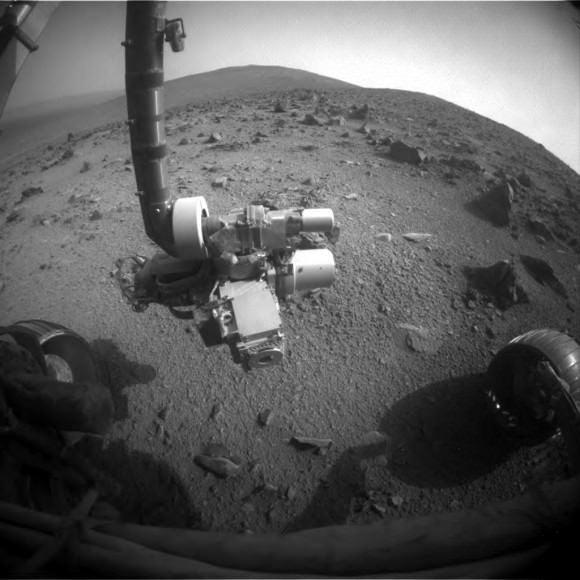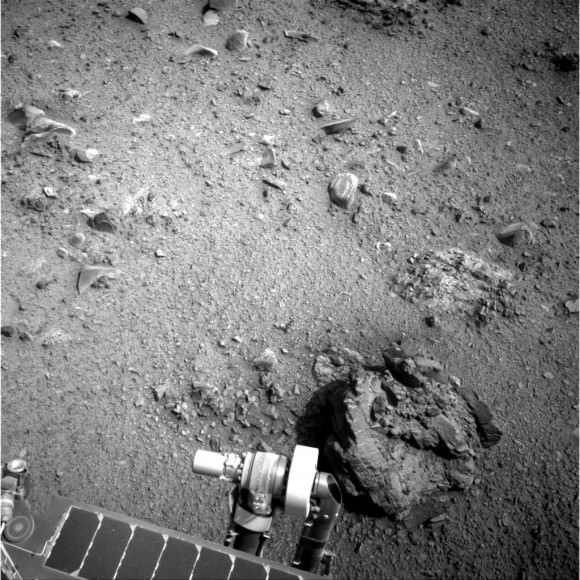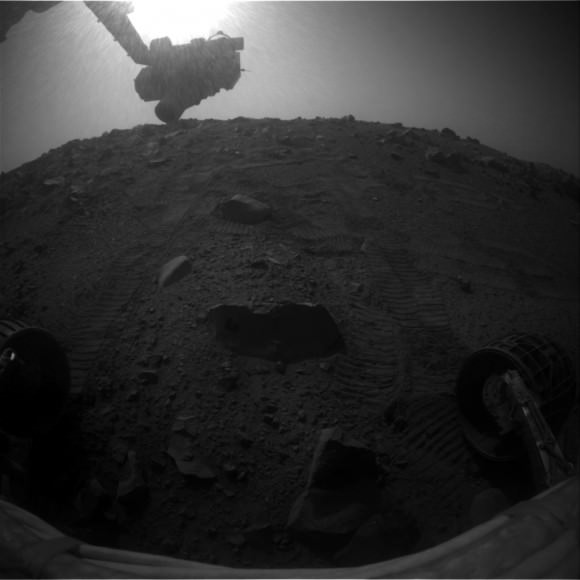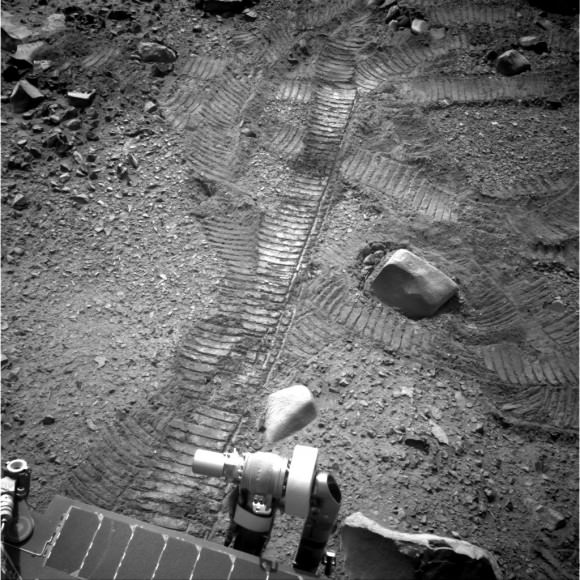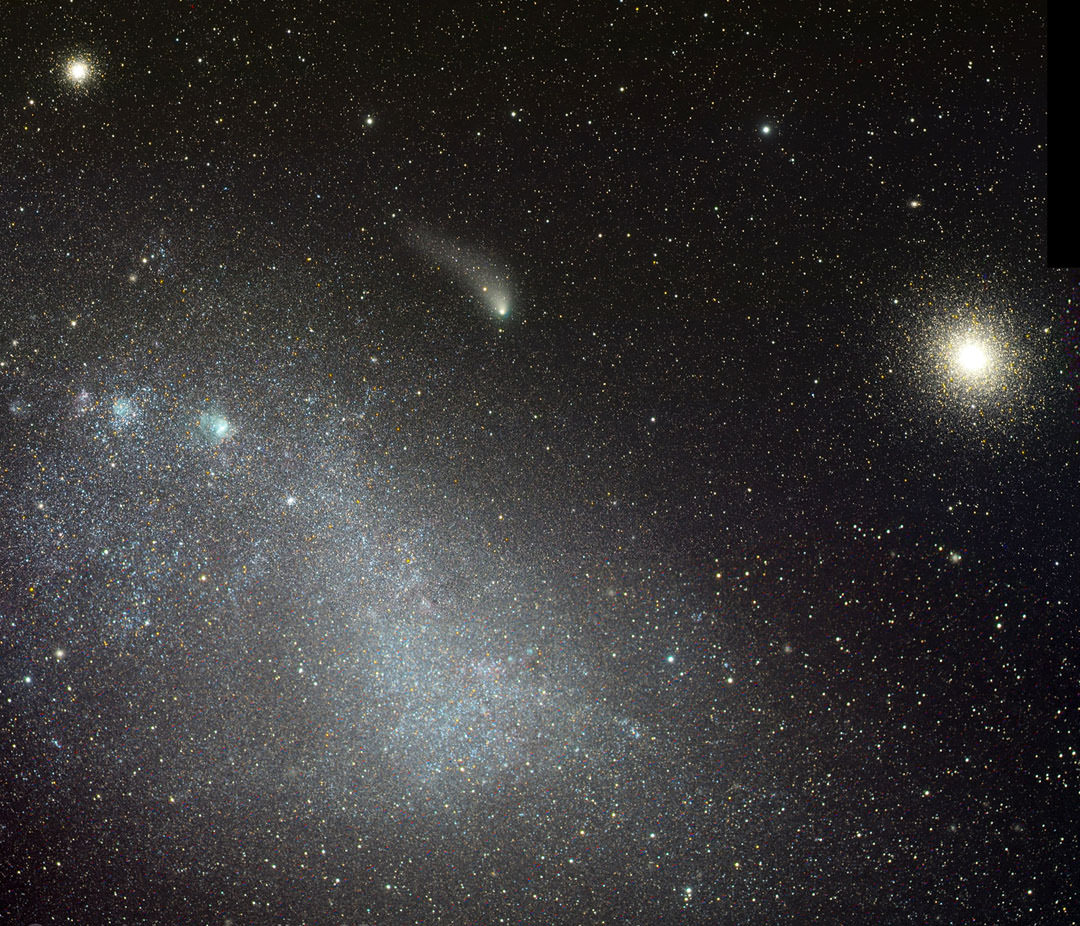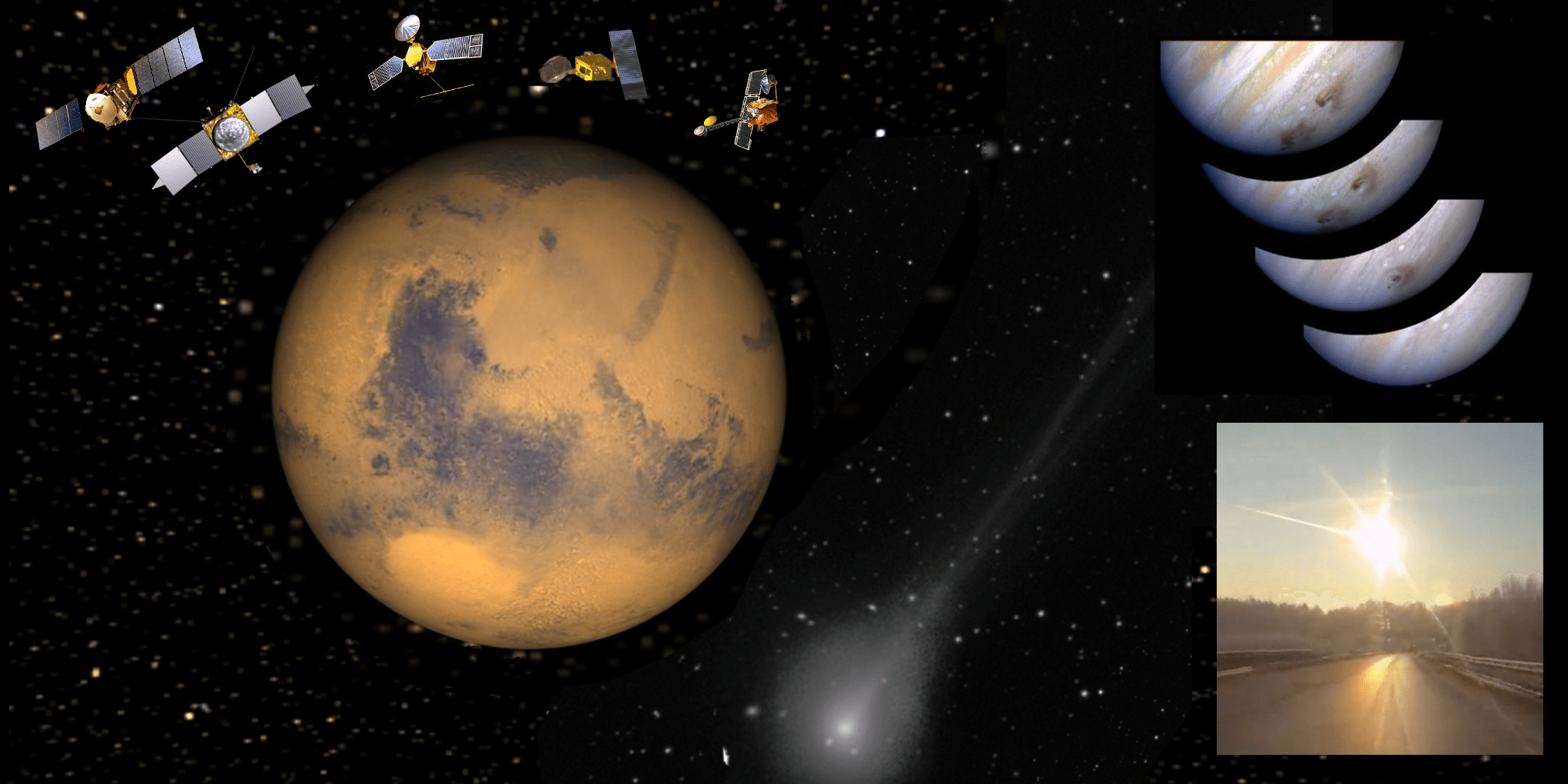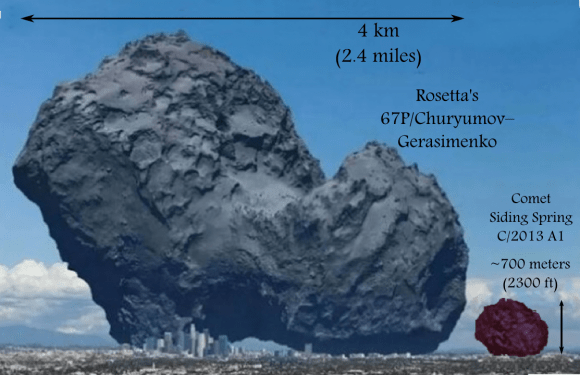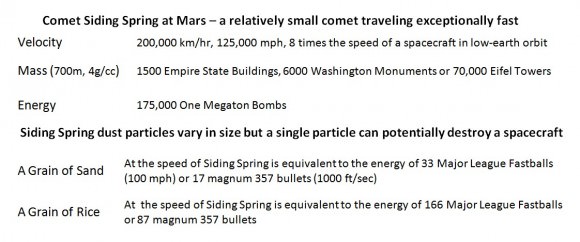It seems a lot of the space stories of this year involve spacecraft making journeys: bouncing across a comet, or making their way to Mars. Private companies also figure prominently, both in terms of successes and prominent failures.
These are Universe Today’s picks for the top space stories of the year. Disagree? Think we forgot something? Let us know in the comments.
10. End of Venus Express
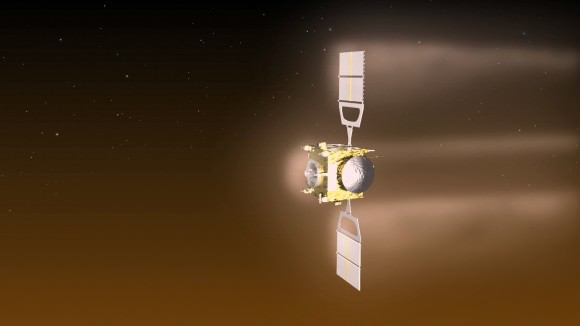
This month saw the end of Venus Express’ eight-year mission at the planet, which happened after the spacecraft made a daring plunge into part of the atmosphere to learn more about its properties. The spacecraft survived the aerobraking maneuvers, but ran out of fuel after a few engine burns to raise it higher. Soon it will plunge into the atmosphere for good. But it was a productive mission overall, with discoveries ranging from a slowing rotation to mysterious “glories”.
9. Continued discoveries by Curiosity and Opportunity
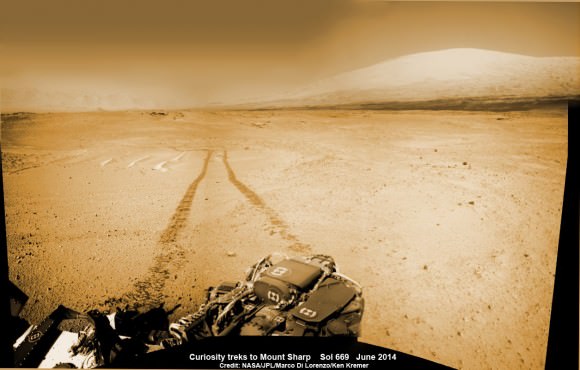
Methane? Organics? Water? Mars appears to have had these substances in abundance over its history. Continued work from the Curiosity rover — passing its second Earth year on Mars — found methane fluctuating in Gale Crater, and the first confirmed discovery of organics on the Martian surface. Opportunity is almost 11 years into its mission and battling memory problems, but the rover is still on the move (passing 41 kilometers) to an area that could be full of clay.
8. Siding Spring at Mars and the level of study of the comet by other missions at Mars
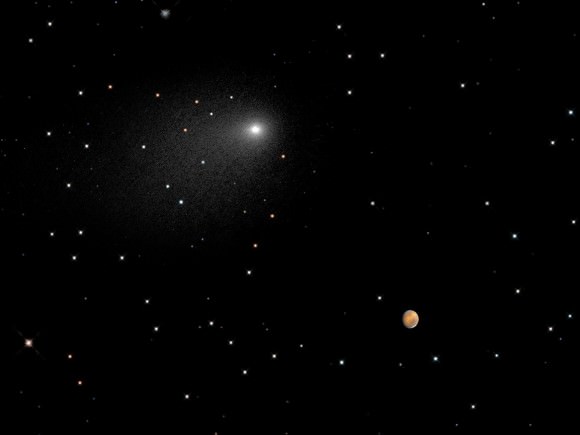
We had a rare opportunity to watch a comet make a grazing pass by Mars, not close enough to pose significant danger to spacecraft, but definitely close enough to affect its atmosphere! Siding Spring caught everyone’s attention throughout the year, and did not disappoint. The numerous spacecraft at the Red Planet caught glimpses, including from the surface and from orbit. It likely created a meteor shower and could alter the Martian atmosphere forever.
7. Kepler K2
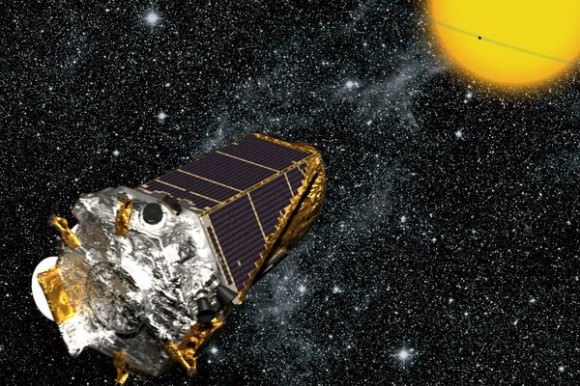
The Kepler space telescope lost the second of its four pointing devices last year, requiring a major rethink for the veteran planet hunter. The solution was a new mission called K2 that uses the pressure of the Sun to maintain the spacecraft’s direction, although it has to flip every 83 days or so to a new location to avoid the star’s glare. It’s not as precise as before, but with the mission approved we now know for sure K2 can locate exoplanets. The first confirmed one is a super-Earth.
6. MAVEN at Mars
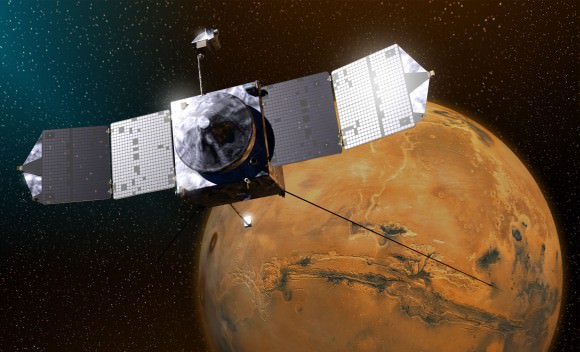
Where did the Martian atmosphere go? Why was it so thick in the past, allowing water to flow on the surface, and so thin right now? The prevailing theory is that the Sun’s pressure on the Martian atmosphere pushed lighter isotopes (such as that of hydrogen) away from the planet, leaving heavier isotopes behind. NASA is now investigating this in more detail with MAVEN (Mars Atmosphere and Volatile Evolution), which arrived at the planet this fall.
5. India’s MOM
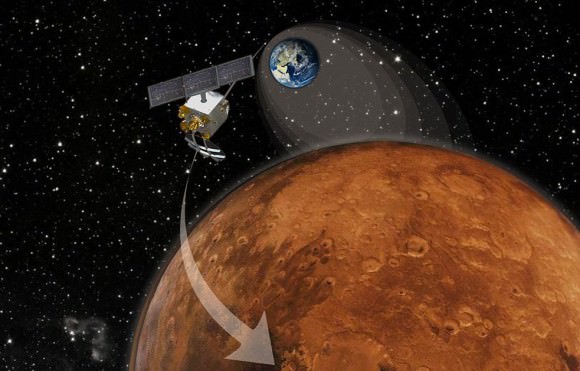
India made history this year as only the third entity to successfully reach the Red Planet (after the United States and Europe). While updates from the Mars Orbiter Mission have been slow in recent weeks, we know for sure that it observed Siding Spring at Mars and it has been diligently taking pictures of the Red Planet, such as this one of the Solar System’s largest volcano and a huge canyon on Mars.
4. Accidents by Virgin and Orbital

In one sobering week in October, the dangers of space travel were again made clear after incidents affected Virgin Galactic and Orbital Sciences. Virgin lost a pilot and seriously injured another when something went seriously awry during a flight test. Investigators have so far determined that the re-entry system turned on prematurely, but more details are being determined. Orbital meanwhile suffered the catastrophic loss of one of its Antares rockets, perhaps due to Soviet-era-designed engines, but the company is looking at other ways to fulfill its NASA contractual obligations to send cargo to the International Space Station.
3. SpaceX rocket landing attempts
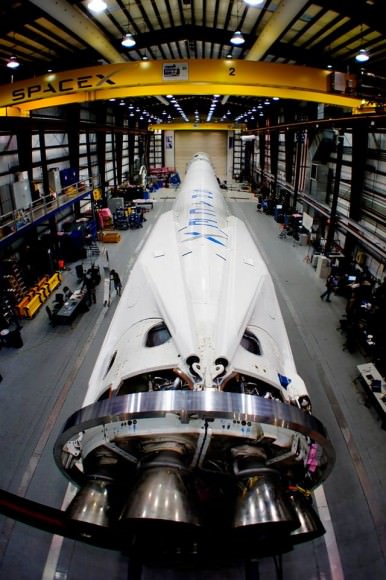
SpaceX is attempting a daunting technological feat, which is bringing back its rocket first stages for re-use. The company is hoping that this will cut down on the costs of launch in the long term, but this technological innovation will take some time. The Falcon 9 rocket stage that made it back to the ocean in July was deemed a success, although the force of the landing broke it apart. Next, SpaceX is trying to place its rocket on an ocean platform.
2. Orion flight
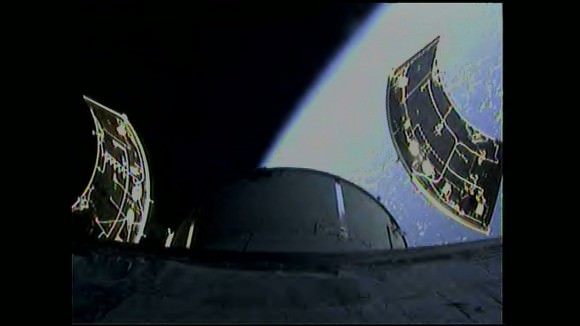
NASA’s spacecraft for deep space exploration (Orion) successfully finished its first major uncrewed test this month, when it rode into orbit, made a high-speed re-entry and successfully splashed down in the ocean. But it’s going to be a while before Orion flies again, likely in 2017 or even 2018. NASA hopes to put a crew on this spacecraft type in the 2020s, potentially for trips to the Moon, an asteroid or (more distantly) Mars.
1. Rosetta
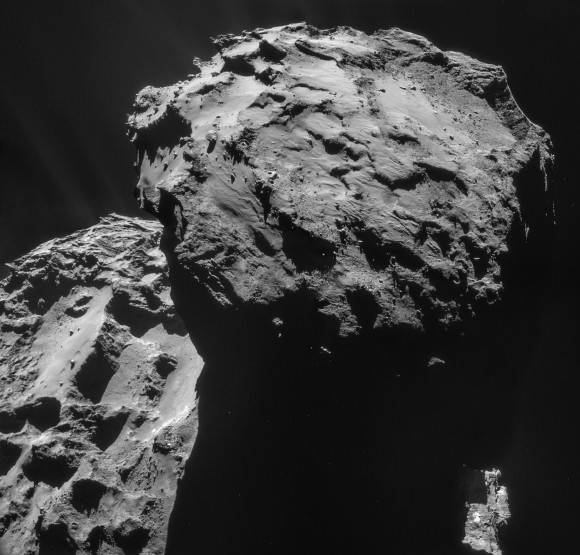
It’s been an exciting year for the Rosetta mission. First it woke up from a lengthy hibernation, then it discovered that Comet 67P/Churyumov-Gerasimenko looks a bit like a rubber duckie, and then it got up close and released the Philae lander. The soft touchdown did not go as planned, to say the least, as the spacecraft bounced for two hours and then came to rest in a spot without a lot of sunlight. While Philae hibernates and controllers hope it wakes up again in a few months, however, science results are already showing intriguing things. For example, water delivered to Earth likely came mostly from other sources than comets.

